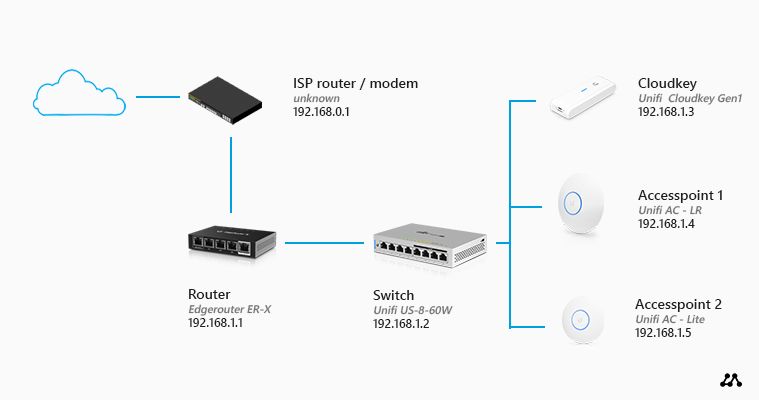Having a reliable and efficient network setup is essential for the smooth operation of any office. From ensuring seamless communication between employees to enabling access to important files and resources, a well-maintained network is the backbone of any modern workplace. In this article, we will discuss the key aspects of network setup and maintenance for offices to help you create a secure and efficient work environment.
1. Assess Your Office’s Needs
Before setting up a network for your office, it is important to assess your specific needs and requirements. Consider the number of employees, the type of work being done, and the devices that will need to connect to the network. This information will help you determine the appropriate network infrastructure and equipment needed to support your office’s operations.
2. Choose the Right Equipment
Investing in high-quality networking equipment is crucial for the performance and security of your office network. Choose reliable routers, switches, and access points that can handle the requirements of your office. Additionally, consider implementing a firewall and antivirus software to protect your network from cyber threats.
3. Design a Network Layout
Creating a network layout that is organized and efficient is key to ensuring the smooth operation of your office network. Consider the physical layout of your office space, the location of employees, and any potential obstacles that may affect network connectivity. Plan the placement of networking equipment to optimize coverage and minimize interference.
4. Implement Security Measures
Security should be a top priority when setting up a network for your office. Implement strong password policies, encrypt sensitive data, and restrict access to confidential information. Regularly update software and firmware to patch vulnerabilities and protect your network from cyber attacks.
5. Monitor and Maintain Your Network
Ongoing monitoring and maintenance are essential for ensuring the performance and reliability of your office network. Regularly check for network issues, monitor traffic patterns, and identify potential bottlenecks. Keep your network infrastructure up to date with the latest software and security patches to prevent downtime and ensure data protection.
6. Provide Training for Employees
Properly training employees on how to use the office network can help prevent security breaches and network issues. Educate your staff on best practices for connecting to the network, accessing files, and recognizing potential threats. Encourage employees to report any suspicious activity or issues with the network to prevent cybersecurity incidents.
7. Seek Professional Help When Needed
If you are unsure about how to set up or maintain your office network, don’t hesitate to seek professional help. IT consultants and network specialists can provide expert advice and support to ensure that your network is secure and optimized for your office’s needs. Investing in professional network setup and maintenance can save you time and money in the long run.
Conclusion
Setting up and maintaining a network for your office is a critical task that requires careful planning and attention to detail. By assessing your office’s needs, choosing the right equipment, designing a network layout, implementing security measures, monitoring and maintaining your network, providing training for employees, and seeking professional help when needed, you can create a secure and efficient network that supports your office operations. Remember that a well-maintained network is the key to a productive and successful workplace.

